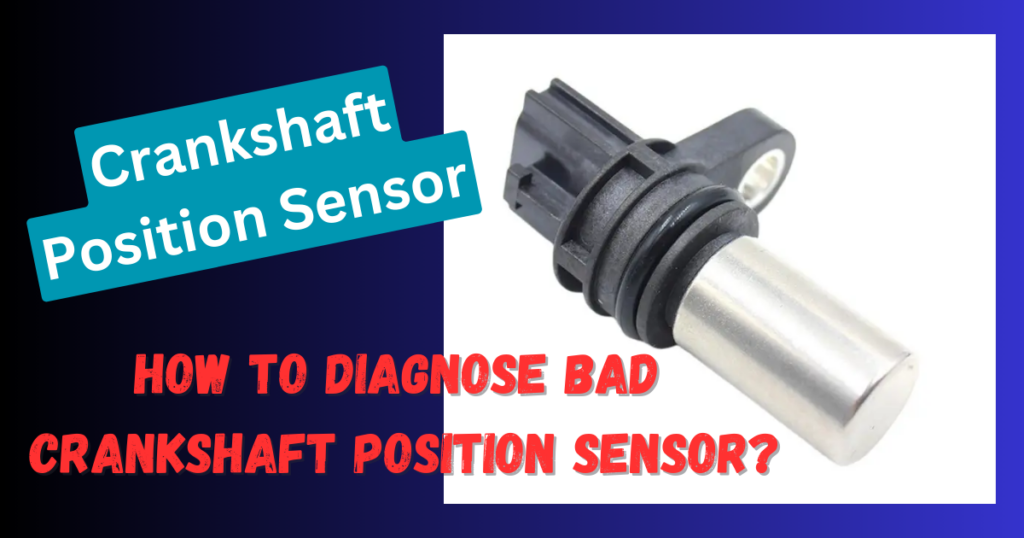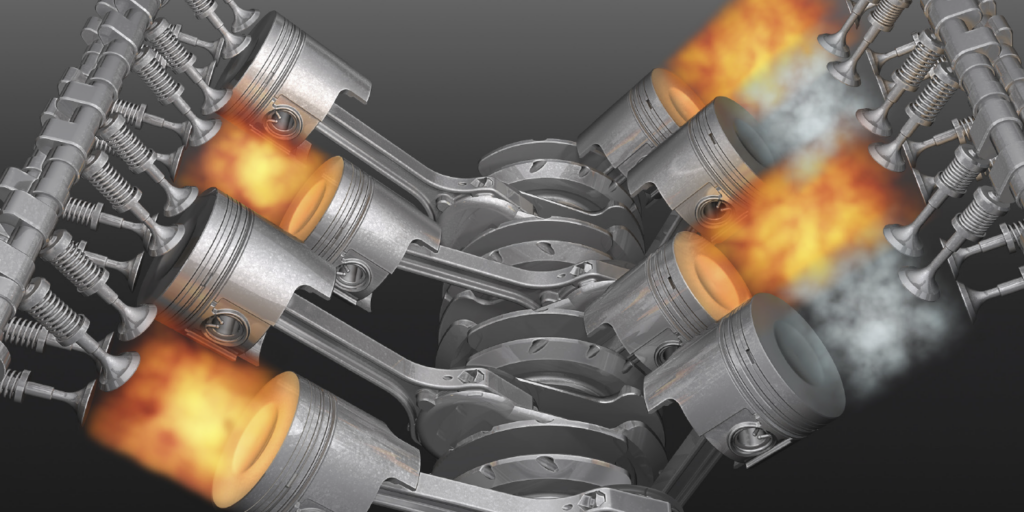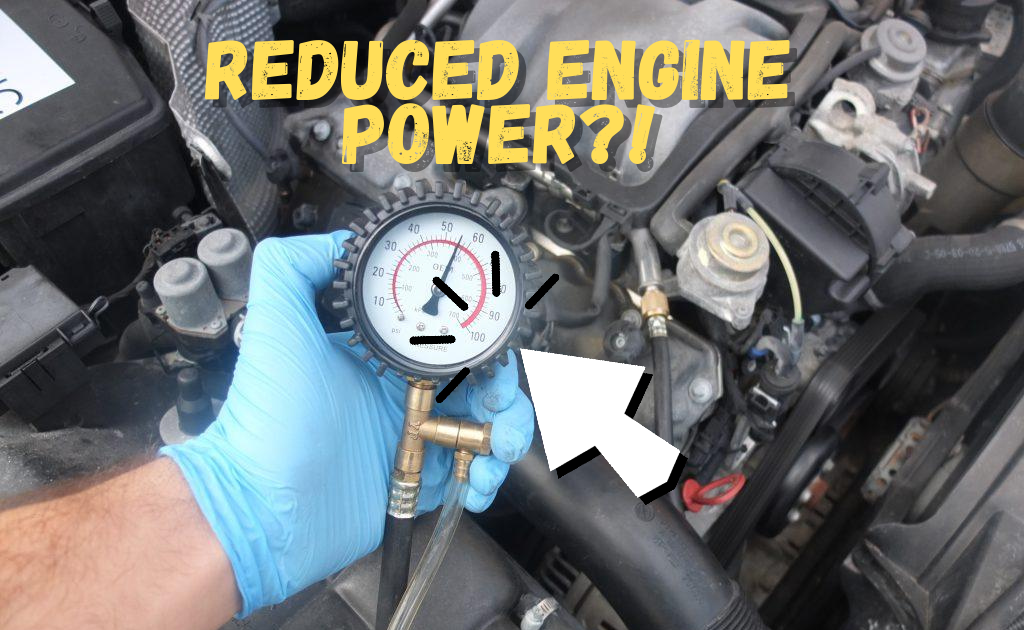
Picture your car’s engine as a team of players in a game, and the Crankshaft Sensor is the coach directing the moves. Even though it’s a small piece, it has a big job, making sure everything works together. All in all, it is an auto part that cannot be neglected. Now, let’s peek under the hood and see how this tiny coach, the Crankshaft Position Sensor, is the secret to keeping your car running smoothly on the road.
What Exactly Is Crankshaft Position Sensor?
An electrical device called a crank position sensor (CKP) is used to track the crankshaft’s position and speed. When it comes to variable valve timing and other manufacturer-specified engine settings, the powertrain control module (PCM) uses the data gathered by the crank sensor to regulate fuel injection and ignition timing.
The engine crankshaft’s exact location and rotational speed (RPMs) are measured by the crankshaft position sensor. An engine cannot start in the absence of a crankshaft position sensor.
Types Of Crankshaft Position Sensor
Modern cars have upgraded crankshaft systems in line with technological developments. The way that the engine crankshaft position sensors function and the technology that they employ allow for differentiation. In automobiles, we have included a few often-used sensors.
Inductive
A magnet is used by the inductive crankshaft to measure rotations. An alternating current is created and sent to the ECU whenever a toothed disc rotates because it causes variations in the magnetic field. The engine block, or the area next to the crankshaft and timing belt, is where the inductive sensor is situated.
AC Output
Compared to all other sensor types, the AC output sensor operates uniquely. The coil is excited by the high-frequency current produced by the onboard controller. There is a slot in the disc that is fastened to the camshaft. The inductance created by the slot passing the coil sends a signal to the onboard controller.
Hall Effect
Much like an inductive sensor, the Hall effect type operates similarly. When the toothed disc passes by the sensor, it detects the current. But instead of sending a magnetic field, it gives the ECU digital signals that are either on or off.
Optical Position
The most recent iteration of crankshaft sensors is the optical position sensor. To detect the speed, it traces the optical marks on the shaft using a light-emitting diode (LED) and a photodiode. Both gasoline and diesel engines can benefit from these sensors’ increased accuracy and effectiveness.
How Does It Work?
Crankshaft sensors come in a variety of configurations, but they typically operate on magnetism-related concepts. A common kind of electronic sensor used in crankshaft position sensors is the Hall effect sensor. When a Hall effect sensor is in a magnetic field, it generates electricity.

A toothed wheel in a crankshaft position sensor disturbs the magnetic field by rotating with the crankshaft. As a result, the Hall Sensor displays an on/off pattern that the ECU may interpret as the crankshaft speed. The crankshaft rotates more quickly the faster it turns on and off.
Certain crankshaft position sensors generate an analog output, whereas these Hall effect sensors provide a digital signal. But they still function via magnetism. The sensor uses variations in a magnetic field to generate an electrical voltage. The crankshaft’s metal pins are what move, causing the oscillations. Increased voltage and fluctuations result from faster spinning. This voltage can be converted into crankshaft speed by the ECU.
To transmit an accurate speed reading in either scenario, the teeth, pins, or timing elements on the wheel must all be uniformly spaced. However, there is typically a gap that coincides with one piston being at the top dead center. In addition to speed, this gap enables the sensor to detect the crankshaft’s position in rotation.
How Cars Nail the Detection of Misfiring
The crankshaft position is the primary factor in identifying a misfire in the majority of engines. Using the information from the CKP sensor, the engine management system determines the interval between the crank reluctor wheel teeth. In the case that one cylinder loses power, the acceleration and crankshaft rotational velocity are compared.

For example, driving on a highly muddy or dusty road can push debris into the reluctor teeth (on engines with external reluctor wheels located on the crankshaft). An isolated cylinder misfire, which is typically indicated by a random misfire code, can also be caused by water in the fuel tank passing through the injectors and causing a lean state.
Occasionally, the misfire occurs intermittently, which creates additional challenges for the diagnosis process. A visual assessment of the common causes of a misfire and monitoring the engine with a scanner under the conditions the misfire was identified is usually the best way to locate the failure site.
Crankshaft Position Sensor Troubleshooting Indicators

One of the PCM’s main inputs is the CKP sensor; a malfunctioning sensor can result in a variety of issues.
The symptoms of a malfunctioning crankshaft position sensor are as follows:
Examine whether the engine light is on.
The driver will be notified if there are issues with the crankshaft position sensor by the check engine light.
Stalls and/or difficult starts
The crankshaft position, speed, and other crucial variables that affect engine starting are all under the control of the CKP. The CKP is unable to communicate with PCM when it has an internal malfunction. This results in a hard start or engine stalling.
Engine cranks or misfires
The engine running rough or misfiring is the most typical symptom of a malfunctioning or defective crankshaft position sensor. A misfire results from the failing CPK’s inability to accurately determine where a piston is located within the engine. This issue needs to be fixed right away since it could endanger the components.
Low Fuel Efficiency
Fuel injectors that are malfunctioning and not providing precise timing information can lead to inefficient fuel pumping into the engine, which can result in the vehicle losing power and using more gasoline. A malfunctioning CKP sensor can be indicated if you find that the vehicle uses more gas when traveling the same distance.
9 Easy Steps to Replace Crankshaft Position Sensor
Although it is a rather intricate piece of machinery, you shouldn’t be afraid to replace the crankshaft position sensor yourself, even though you might be scared. You can repair your crankshaft sensor on your own if you have the necessary equipment, a solid set of instructions, and a little work.
If you choose to replace the crank sensor yourself as opposed to having it repaired by a third party, the cost of the replacement will be significantly lower because you will only be paying for the parts and not the work.
Since different cars have different kinds of sensors, you should find instructions tailored to your particular model. Having said that, there are still a lot of components involved in crankshaft sensor replacement. Here are some broad guidelines that should help you understand the procedure relatively well.
Now, let’s delve into the steps involved in the removal of the crankshaft position sensor :
1. Prioritize Safety: Disconnect the Battery
Begin the crankshaft position sensor replacement by ensuring safety; disconnect the negative battery cable.
2. Pinpoint the Sensor’s Location
Identify the crankshaft position sensor, commonly situated on the engine’s front in the timing cover or on the transmission bell cover.
3. Clear the Path
Remove any hindering components, such as the serpentine belt, crankshaft pulley, or starter motor, depending on where the sensor is located.
4. Identify Wiring Configuration
Recognize the three wires (input, output, and ground) on the sensor. Take precautions by documenting positions through a photo, diagram, or labeling.
5. Securely Disconnect Wires
Ensure a safe disconnection of wires from the sensor.
6. Extract the Sensor
Unfasten the sensor using one or two bolts, then gently pull it out. Exercise caution, and consider using a door panel clip removal tool if needed.
The following steps offer a general framework for completing the replacement process.
7. New Sensor Installation
Attach the wires in the same sequence as the old sensor, position the new sensor, and secure it using the mounting bolt.
8. Reinstall Removed Components
Restore any parts removed to reach the sensor.
9. Verify Wiring
If the engine doesn’t start post-replacement, confirm the correct wiring of the sensor.
While the exact steps can differ between cars, these guidelines offer a broad understanding of the replacement process.
FAQs
What happens when a crankshaft sensor goes bad?
A crankshaft position sensor that malfunctions will not be able to communicate with your car’s computer. Your spark plugs will burn out if this signal totally fails, which will prevent you from starting your car.
What does the crankshaft position sensor do?
Determining the crank’s position and/or rotational speed (RPM) is the functional goal of the crankshaft position sensor. Engine Control Units regulate variables like fuel injection and ignition timing based on the data sent by the sensor.
What is the working principle of the crankshaft position sensor?
It sends the value of how many teeth on the crankshaft have passed the sensor to the ECU, which uses it to calculate the crankshaft’s position during its 360-degree turn.
Conclusion
The engine’s conductor, the crankshaft position sensor, controls essential operations like fuel injection and ignition timing. Symptoms including poor fuel efficiency, rough running, and check engine light alerts can indicate problems with this sensor.
Prioritizing safety, locating the sensor, removing obstructions, comprehending wiring, and cautious extraction are essential procedures when changing the sensor. Reconnecting wires and replacing removed components are part of the next installation process.




